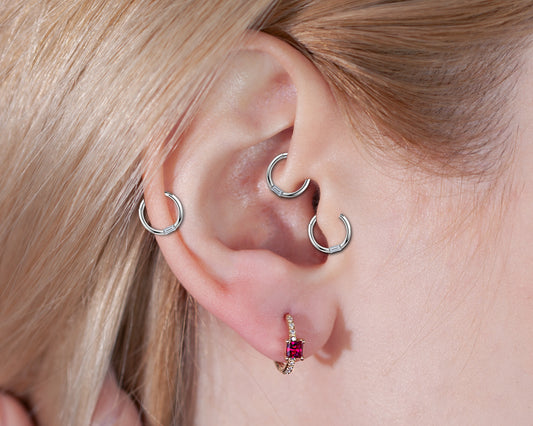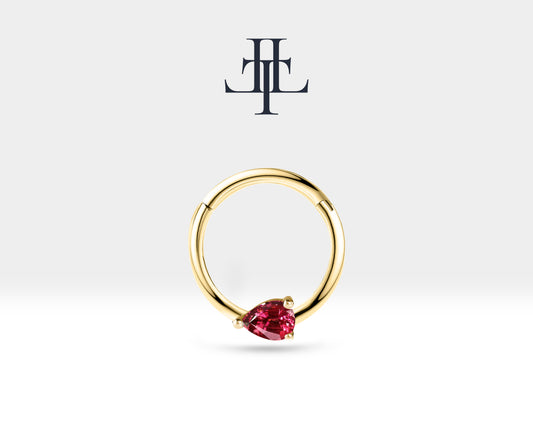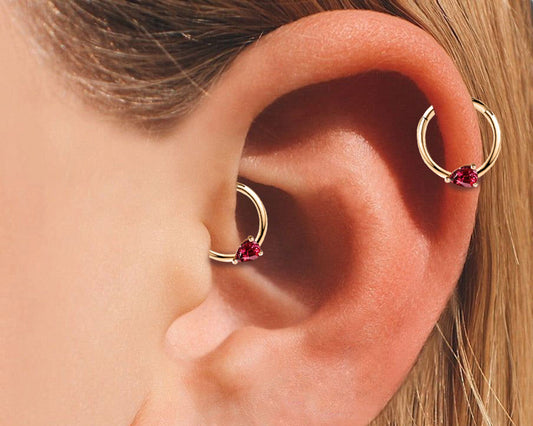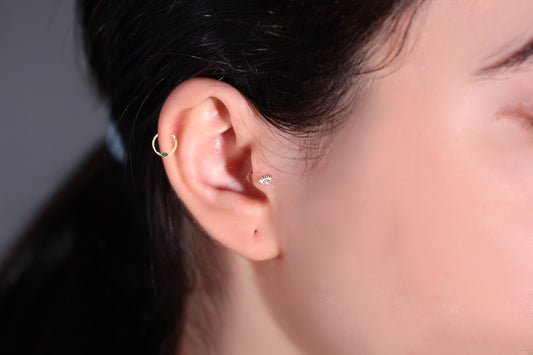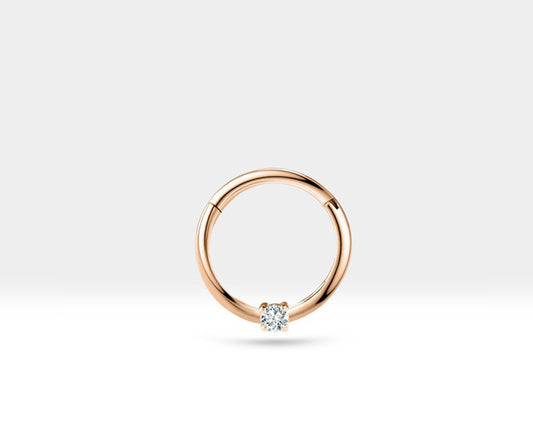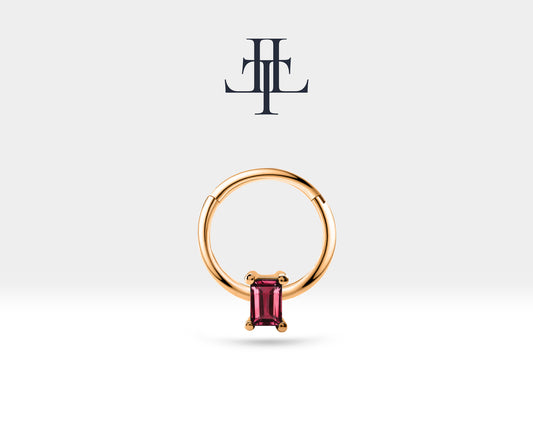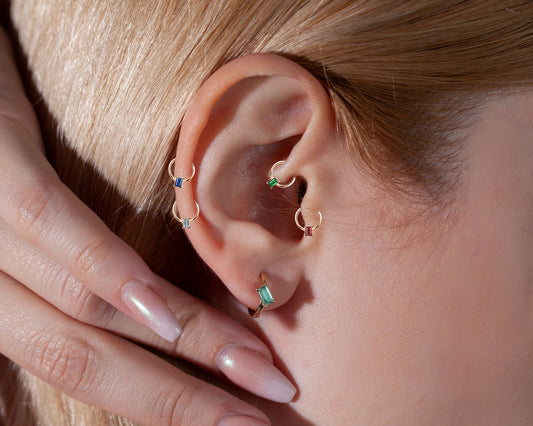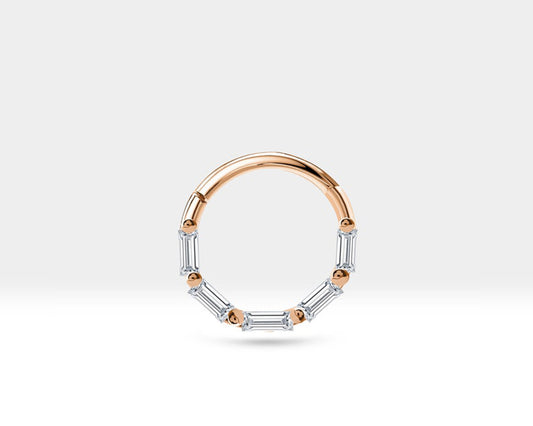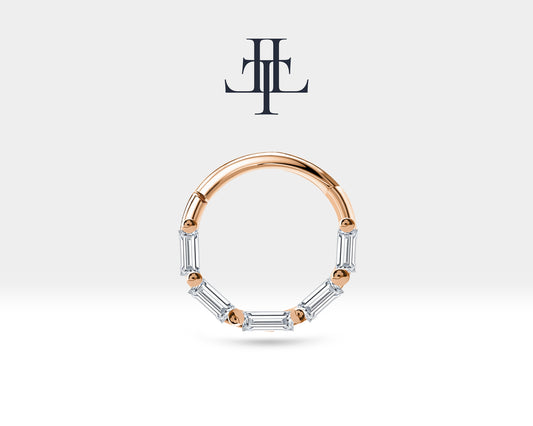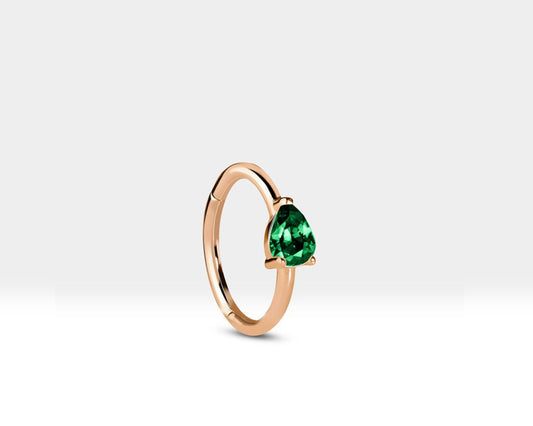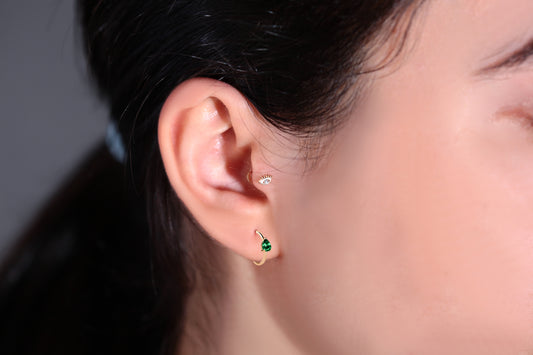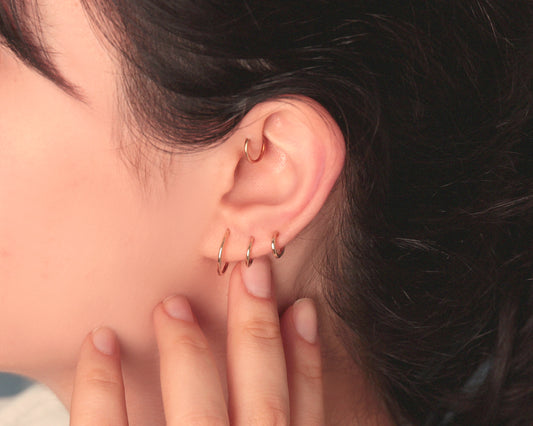It is called opal stone, one of the most stones in the world, as an antidote stone or stone among the people. It is a stone formed by the collapse of structures formed between rocks with the movement of underground waters. It is one of the stones of an oily and vitreous owner. Color and light play emerges especially from its illuminated structure. Creating a much more beautiful and visual visual effect. When evaluated in terms of this budget, it represents an important potential.
Opals are easily one of the most beautiful gemstones that you can own. Unlike most other gemstones like diamonds or sapphires, each opal is distinctive and personal. What gives it its unique look is its wide range of patterns and flashes of colors. This makes it a stylish accompaniment to almost any outfit. Opals have always been used by high end jewelers for their statement and fine jewelry collections and in recent years have skyrocketed to becoming one of the most popular and fashionable gemstones to wear.
The thing is, buying an opal can get quite complicated.
There are a number of different types of opals available on the market and you will need to consider several factors, including type, size, color, pattern and brilliance, to make sure you aren’t getting ripped off. Here are some questions to answer on your quest for the perfect opal.
Everything You Need to Know About Buying Opal Jewelry
Tip : 1 Opal Types
There are at many types of opal that you will need to know about before you decide to buy. The following is a list of precious opals:
Black Opal – Black opal is characterised by a dark body tone causing brightness of colour which is unmatched by lighter opals. Black Opals are usually mined in Lightning Ridge, New South Wales, and are the most famous, and sought-after type of opal. The term ‘black opal’ does not mean that the stone is completely black (a common mistake), it simply means the stone has a dark body tone in comparison to a white opal. Learn more about black opals.
White Opal – Also known as ‘milky opal’, white opal features light white body tones, and is mined in South Australia. White opal is more common and because of its body tone, generally does not show the colour as well as black opal. Nevertheless, white opals can still be absolutely magnificent in colour if a good quality stone is found. Learn more about white opals.
Boulder Opal – Boulder opal forms on ironstone boulders in Queensland. This type of opal is often cut with the ironstone left on the back, as the opal seam is usually quite thin. Leaving the ironstone on the back means that boulder opal can be very dark and beautiful in colour. The opal forms within the cavities of the boulders in both vertical and horizontal cracks. Boulders vary in shape and size, from as small as a pea, to as big as a family car. Boulder Opal has a tendency to cleave; when cleaved the “split” leaves two faces of opal, with a naturally polished face. Learn more about boulder opals.
Crystal Opal – Crystal opal is any of the above kind of opal which has a transparent or semi-transparent body tone – i.e. you can see through the stone. Crystal opal can have a dark or light body tone, leading to the terms “black crystal opal” and “white crystal opal
These opals contain gorgeous play of colors when rotated and they may also have beautiful patterns. Remember that the more intense and brighter the colors, the more expensive the opal will be. While blue and violet opals are more commonly found, red is rare and costs more. The opal you choose will largely depends on how much you are willing to spend.
Tip : 2 Opal Body Color and Tone
The body color and tone of an opal are critical factors that affect its beauty and value. The darker the tone of the opal, the more valuable it is.
This is why dark body tone opals like this black opal ring generally cost much more than a white or milky opal.
This is because when the body tone is darker, the flashes of color are more pronounced. What you’re really paying for is the sharper and more intense colors emanating from the stone.
Tip : 3 Opal Brightness
All opals have a brightness grading scale. This categorizes opals based on how intense the reflection of color is when penetrated by light. The grades are Dull/Subdued, Bright and Brilliant.
As you may have already guessed, Brilliant grade opals are the brightest and contain eye-catching flashes of color, which make it the most expensive when you’re shopping for an opal. Dull/Subdued opals are the least valuable, appear milky and have hardly any shine. Bright opals are average in terms of brightness.
Tip : 4 What Are Dead Spots and Opal Patterns?
The more expensive opals, like precious opals and black opals, display a range of gorgeous patterns caused by the deflection of colors. The larger the pattern, the more valuable the stone becomes.
However, there can be dead spots in patterns so watch out for this when you are buying your opal. Dead spots occur when the play of colors is absent from sections of the stone and can devalue the opal. If your opal appears dull and static in sections, check with the retailer about dead spots.
Tip : 5 Is Carat Weight Important?
Unlike a gemstone like a diamond, there is no rule that a large opal will be more valuable. The main things to watch out for is the quality of the color and body tone and the quantity of precious opal the stone has (more on this below).
Tip : 6 How Do I Check for Clarity?
Just like other gemstones, an opal’s clarity can be affected by a number of factors. There can be flaws or inclusions that reduce the overall value of the stone. Look out for crazing (minor cracks) which can be found on the surface of the opal. Also check if there are any inclusions such as sand or rock that can be embedded within the opal. If these are large or visible to the naked eye, you might want to rethink buying the opal because not only will they impact the beauty of the stone, but they will also decrease its value.
Tip : 7 Synthetic and Hand-Made OpalsHand-made opals are usually less valuable than natural opals. You will be paying less for an opal that could look exactly like the real thing. Here is what you need to look for:
· Synthetic Opals
Like synthetic diamonds, synthetic opals are lab-created gemstones with the same chemical formula as a natural opal. However, these opals tend to show different patterns and density. Something to look out for is a snake-skin pattern. Needless to say, synthetic opals are inexpensive and much less valuable than natural opals.
· Doublet Opals
When a thin slice of precious opal is attached to a dark backing, it can look like a solid opal. It is very difficult to distinguish a doublet opal from a solid one. Sometimes, the seam where the two pieces are attached can be a give-away, but this is very difficult to see with the naked eye and once mounted into a jewelry setting, even this seam is hard to notice.
Doublet opals are a great alternative to buying a solid opal if it’s beyond your budget. However, ask your retailer if the opal you are buying is a doublet opal. You should not be paying as much as a solid opal for this.
· Triplet Opal
As with the doublet opal, triplet opals consist of thin slices of precious opal sandwiched between a black backing and a slice of glass or quartz. This too can be identified by viewing the opal from the side and looking for the seams but like the doublet, is impossible to notice once mounted in a setting.
While synthetic opals are quite durable, doublets and triplets can fade over time and become foggy due to the glue used to sandwich the pieces together.
Tip : 8 Opal Care and Maintenance
Like pearls, opals are delicate gemstones. They need to be looked after and maintained properly. Over time, opals will have scratches and marks which can cause it to appear dull. If this happens, take the opal back to an opal cutter who will professionally polish the stone for you, reviving its brilliance.
Always use mild detergent and warm water to wash off any grime or build up on an opal. Ultra sonic cleaners, bleach and chemicals are not for this delicate stone.
Also, if you are storing an opal for a long period of time, wrap it in cotton wool with a few drops of water to keep the stone from losing water in low humidity environments.
Tip : 9 Where Can I Buy Opal Jewelry?
Because opals are difficult to evaluate and you can easily be fobbed off with a low-quality stone, it’s best to purchase from a high-quality vendor with a proven track record. They will not only answer all your questions and walk you through the details about your opal but should also provide you with a certificate of authenticity, so you know what you’re getting is the real deal.
We recommend starting your search on Etsy as these platforms have endless options to suit various budgets and styles.
- Click to see our product -



